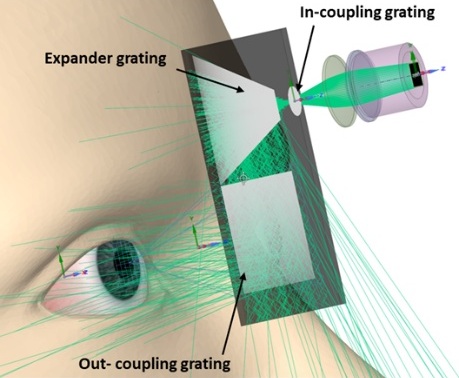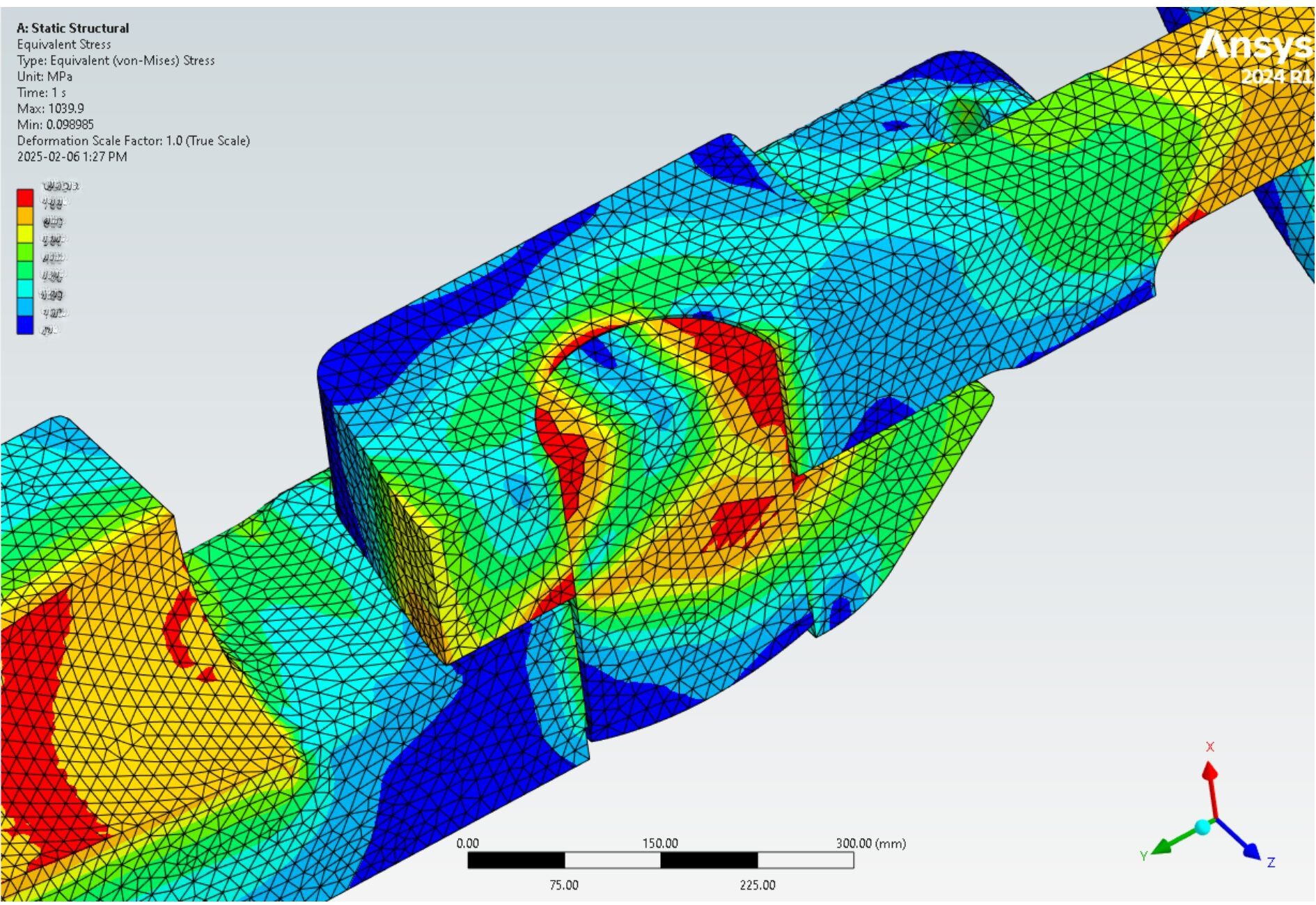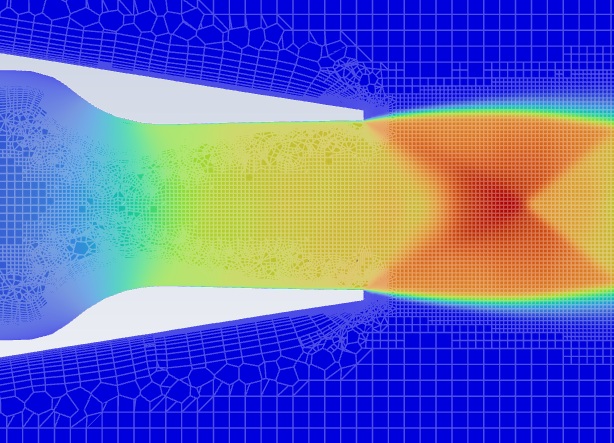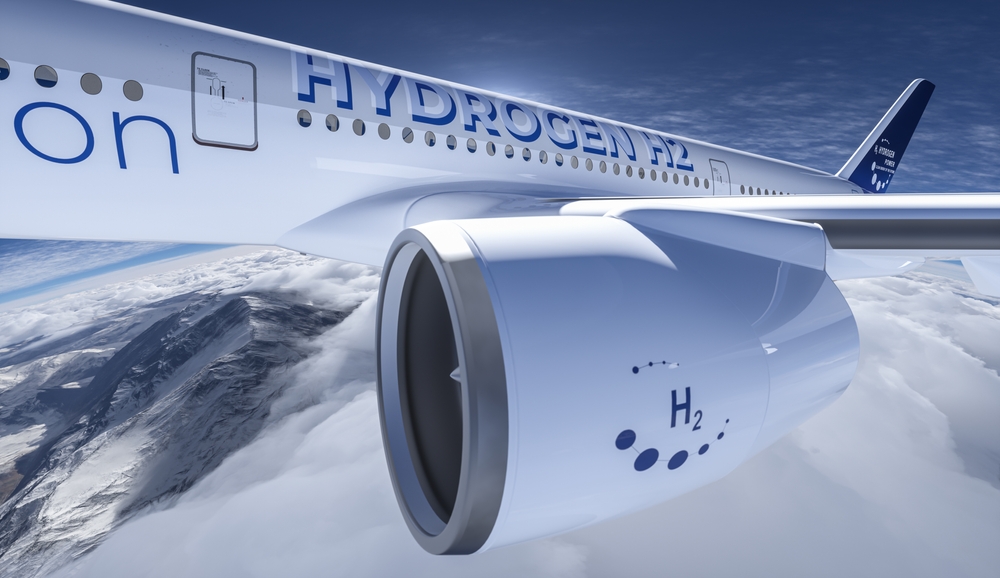Tactics for Fixing Negative Volume Errors in Ansys LS-DYNA
Modeling a vehicle crash using LS-DYNA, and getting the error, “negative volume on solid element”? We can help you fix this error.
It is possible for an element to become so distorted in materials that experience exceptionally massive deformations, like soft foams, that the element’s volume is computed to be negative. This could happen even if the substance doesn’t meet the criteria for failure.
A Lagrangian mesh has an inherent limit to how much deformation it can support without being smoothed down or remeshed. Unless ERODE in *CONTROL TIMESTEP is set to 1 and DTMIN in *CONTROL TERMINATION is set to any nonzero value.
A negative volume calculation in LS-DYNA will result in the calculation terminating unless the offending element is deleted and the calculation continues. A negative volume may still happen and result in a premature termination even with ERODE and DTMIN set as described.
Overcoming Negative Volume | Practical Solutions
The following are a few strategies that can aid in overcoming negative volume and related errors:
First, make the material’s stress-strain curve more rigid at high stresses. This strategy is often successful for our engineers.
Negative volume formation can occasionally be avoided by designing the initial mesh to accommodate a certain deformation field. Negative volumes, again, usually only arise in soft materials like foam and are only a problem for very severe deformation issues.
Scale back the timestep factor. It’s possible that the default value of 0.9 won’t be enough to stop numerical instability.
Stay away from fully-integrated solids (formulae 2 and 3), which have a tendency to be less stable in circumstances involving significant deformation or distortion. (When deformation is significant, the fully integrated element is less resilient than a 1-point element.)
Considerations for Negative Jacobians
This is because the element as a whole retains a positive volume despite the risk of a negative Jacobian at one of the integration sites.
As a result, the calculation with a fully integrated element will come to an end considerably faster than it would with a 1-point element.)
Use type 4 or type 5 hourglass control with the default element formulation (1 point solid). For foams, type 6 hourglass formulations with hourglass coef = 0.1 for low velocity impacts and type 2 or 3 hourglass formulations with hourglass coef = 0.1 for high velocity impacts are preferred.
Based on observed hourglass modes and reported hourglass energy in matsum, the hourglass type and hourglass coefficient may need to be modified.
Solid element formulation 10 is used to model the foam with tetrahedral elements.
Utilizing Contact Interior
To continue, use *CONTACT INTERIOR. The components that *CONTACT INTERIOR will handle are specified by a part set.
The TYPE of *CONTACT INTERIOR utilized is defined by Attribute 4 (DA4 = 5th field of Card 1) of the part set.
It is advised to choose TYPE 1, which is the default, for uniform compression. Version 970 allows for the assignment of TYPE=2, which handles coupled shear and compression modes, to solid formulation 1 elements.
Try ELFORM=0 if *MAT 126 is being used.
(*SECTION SOLID EFG) Attempt the EFG formulation. Use only where there are significant deformations because this formulation is quite pricey. purely with hex elements when using.





